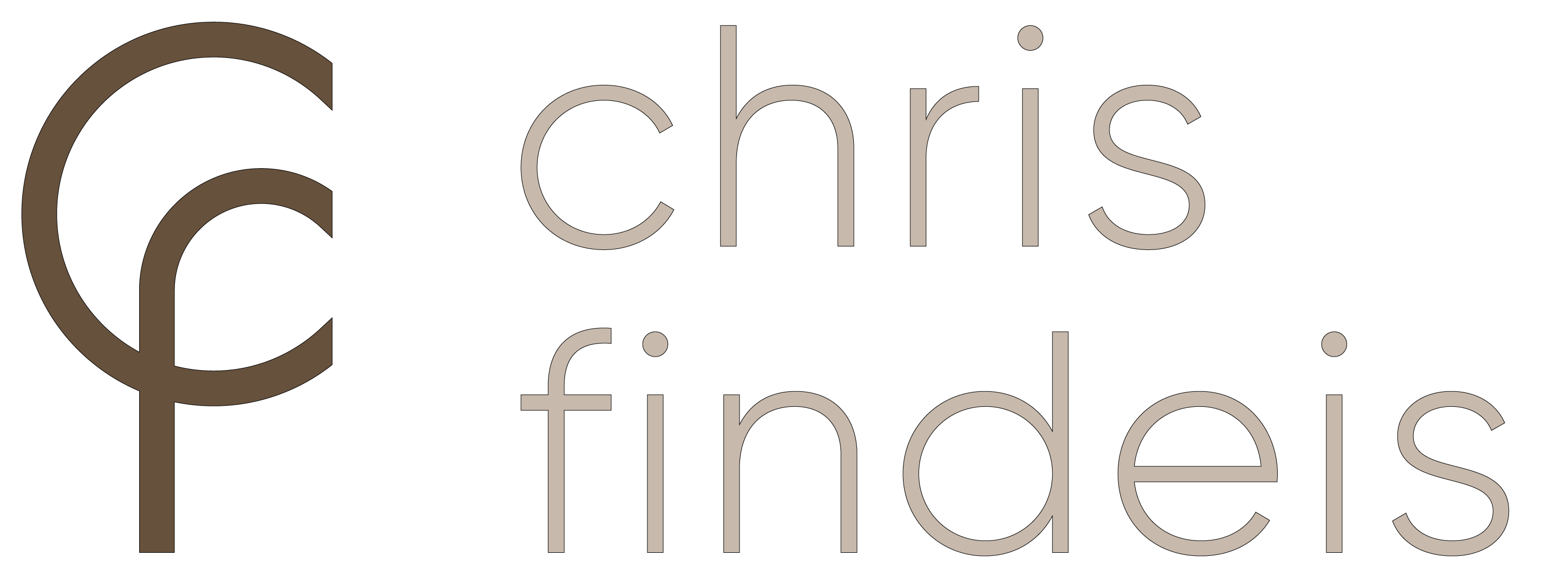Virtual Reality Therapy (VRT) has been in existence for over 20 years and in that time has been validated by many years of scientific studies. In the last 5 years or so it has progressed considerably in treating a wide range of psychiatric disorders, such as phobias, fears, anxiety, depression, PTSD and many other related conditions. VRT can also help in teaching individuals how to manage pain, how to master meditation and mindfulness and is used to aid individuals with developmental conditions such as autism. It is also being used to improve the quality of life for people with dementia.
So with VRT being able to help in so many ways, why is it not more widely used? The answer to that seems to be the expense of it although the price of VRT is decreasing and as it does you can expect to see it used more often.
VRT can be fun for clients and gives therapists more control over the intensity of their patients’ experiences, which will lead to a more positive outcome. This therapy uses specially programmed computers with artificially created environments and visual immersion devices which give a simulated experience that can seem very real. When our brain sees a computer-generated environment it perceives this reality to be believable as it constructs and builds its own reality based on what it is seeing.
VRT is so effective it can generate thoughts, emotions and reactions similar to those that we have in real life with the difference being that the health professionals can not only reproduce real life scenarios but can also adapt and control these environments to the individual needs of the client.
Mental health issues have increased significantly over the last decade, particularly amongst the younger generation, for many reasons with one of them being the heavy use of social media. Studies have shown there to be a strong link between too much use of social media and an increased risk of depression, anxiety, and self harm even to suicidal ideation.
With a big increase in mental health issues partly being attributed to computer based technology it is almost ironic that we are using technology to help combat these effects but VRT has enormous potential to evolve into becoming one of the major ways that mental health will be treated in future.
That’s not to say it will undermine other treatments that are used in mental health, but more to create a powerful ally to work alongside them.
With Virtual Reality Therapy it does seem the future looks brighter a lot quicker.

This Post Has 0 Comments